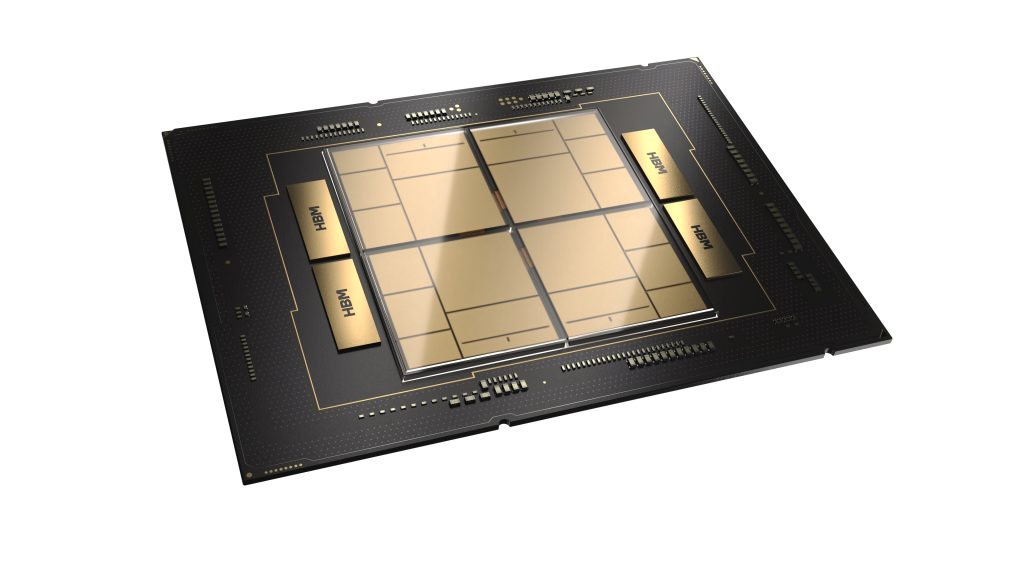Intel today m launches in company history with the unveiling of 4th Gen Intel Xeon Scalable processors, the Intel Xeon CPU Max Series and the Intel Data Center GPU Max Series, delivering for its customers a leap in data center performance, efficiency, security and new capabilities for AI, the cloud, the network and edge, and the world’s most powerful supercomputers.

As Intel’s most sustainable data center processors, 4th Gen Xeon processors deliver customers a range of features for managing power and performance, making the optimal use of CPU resources to help achieve their sustainability goals. 4th Gen Intel Xeon customers can expect a 2.9x average performance per watt efficiency improvement for targeted workloads when utilizing built-in accelerators, up to 70-watt power savings per CPU in optimized power mode with minimal performance loss, and a 52% to 66% lower TCO.
The new Optimized Power Mode can deliver up to 20% socket power savings with a less than 5% performance impact for selected workloads. Intel’s 4th Gen Xeon unlocks new levels of performance for inference and training across a wide breadth of AI workloads. The Xeon CPU Max Series expands on these capabilities for natural language processing, with customers seeing up to a 20x speed-up on large language models. With the delivery of Intel’s AI software suite, developers can use their AI tool of choice, while increasing productivity and speeding time to AI development.
The Xeon CPU Max Series is the first and only x86-based processor with high bandwidth memory, accelerating many HPC workloads without the need for code changes. The Intel Data Center GPU Max Series is Intel’s highest-density processor and will be available in several form factors that address different customer needs.
The Xeon CPU Max Series offers 64 gigabytes of high bandwidth memory (HBM2e) on the package, significantly increasing data throughput for HPC and AI workloads. Compared with top-end 3rd Gen Intel® Xeon® Scalable processors, the Xeon CPU Max Series provides up to 3.7 times10 more performance on a range of real-world applications like energy and earth systems modeling.